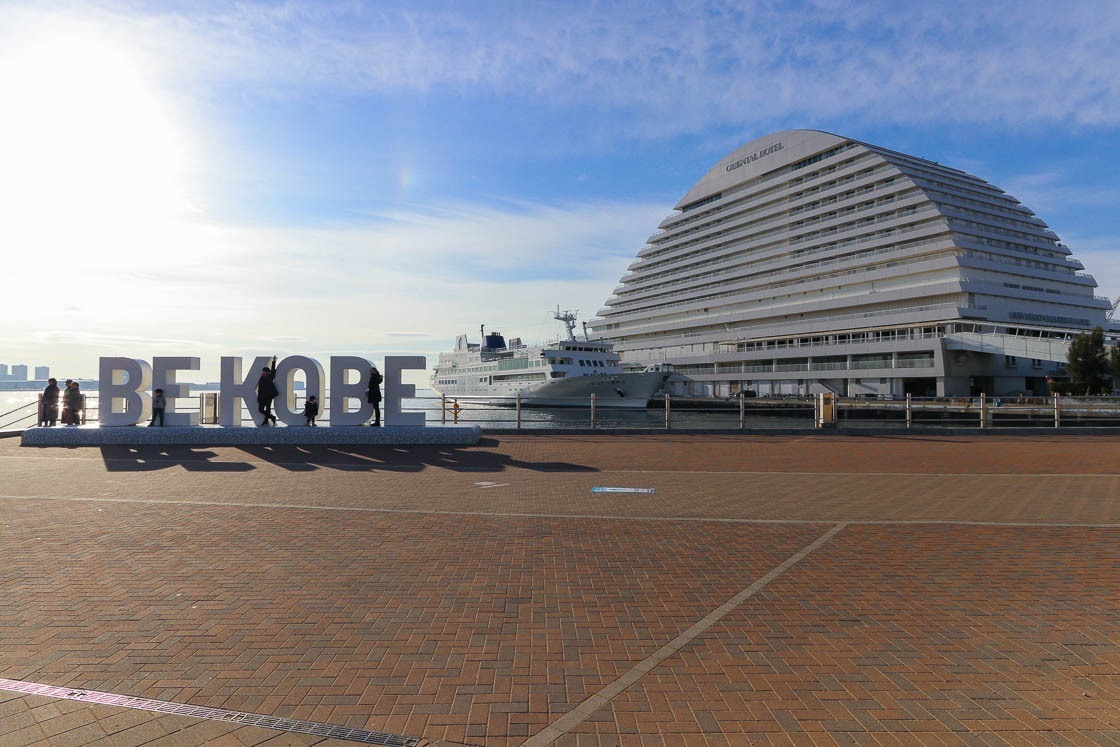Sightseeing and sake in Kobe
Kobe is port city known for its views, stylish ambience and contains one of three major Chinatowns in Japan. The port city was one of the first in the country to open to international trade and is now one of the largest ports in Japan. Today, Kobe offers excellent seaviews, a rich history consisting of both Western and Eastern cultures and a waterfront sake district amongst many others. Staying at the Kobe Meriken Park Oriental Hotel right on the waters edge is a nice base for a trip to Kobe and to take in the seaviews as well.
I went on a luxurious overnight trip to Kobe visiting some of Kobe's main attractions and indulging in Kobe Beef, one of the city's best known exports.
Day 1: Sightseeing and Kobe Meriken Park Oriental Hotel
I arrived in Kobe by bullet train and my first stop was the Nunobiki Ropeway, a few steps from the Shin-Kobe shinkansen station. In addition to seeing nice views of the port city from the ropeway, visitors can also take the opportunity to stroll through the herb garden spanning the length of the ropeway. I enjoyed my stroll in the garden smelling the various herbs and admiring the home vegetable garden, which I wish I had in my house.
The Kitano-cho Ijinkan district is an area a stone's throw from the bottom ropeway station where former residences owned by foreign merchants are located. Visitors can see the preserved houses and the Western atmosphere in the area, and there are not many places like this in Japan outside of a museum or a theme park. It was a delightful stroll down history lane as I looked at all the different houses and wondered about what life might have been back in the day.
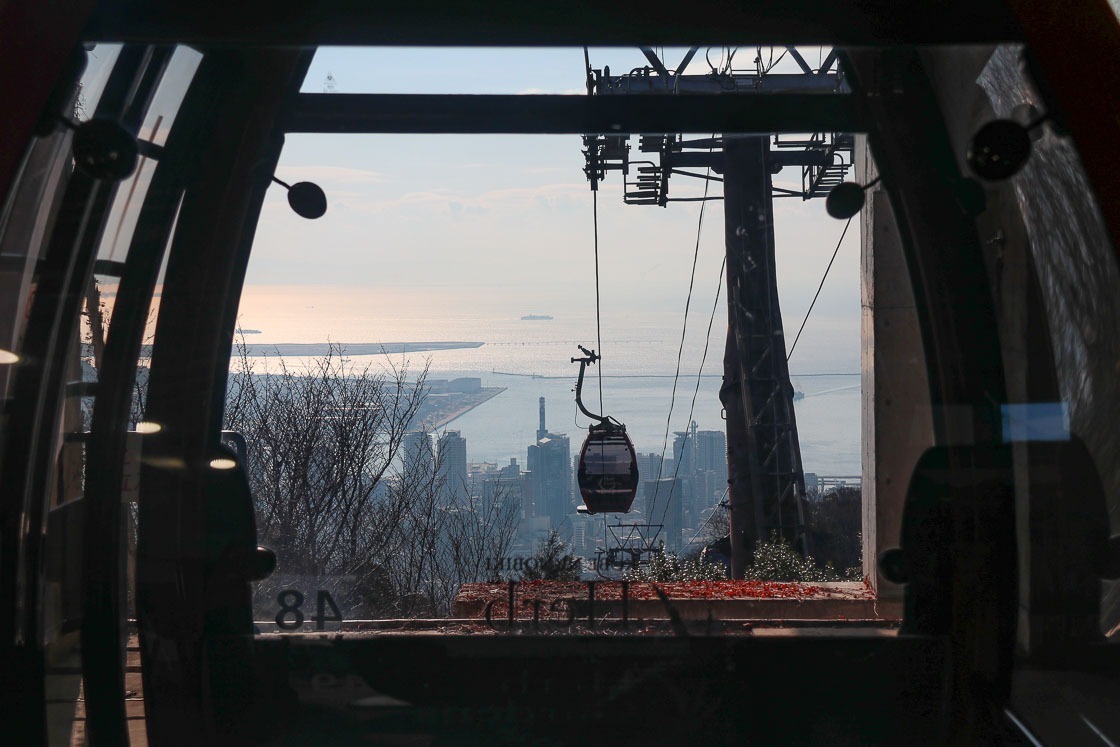
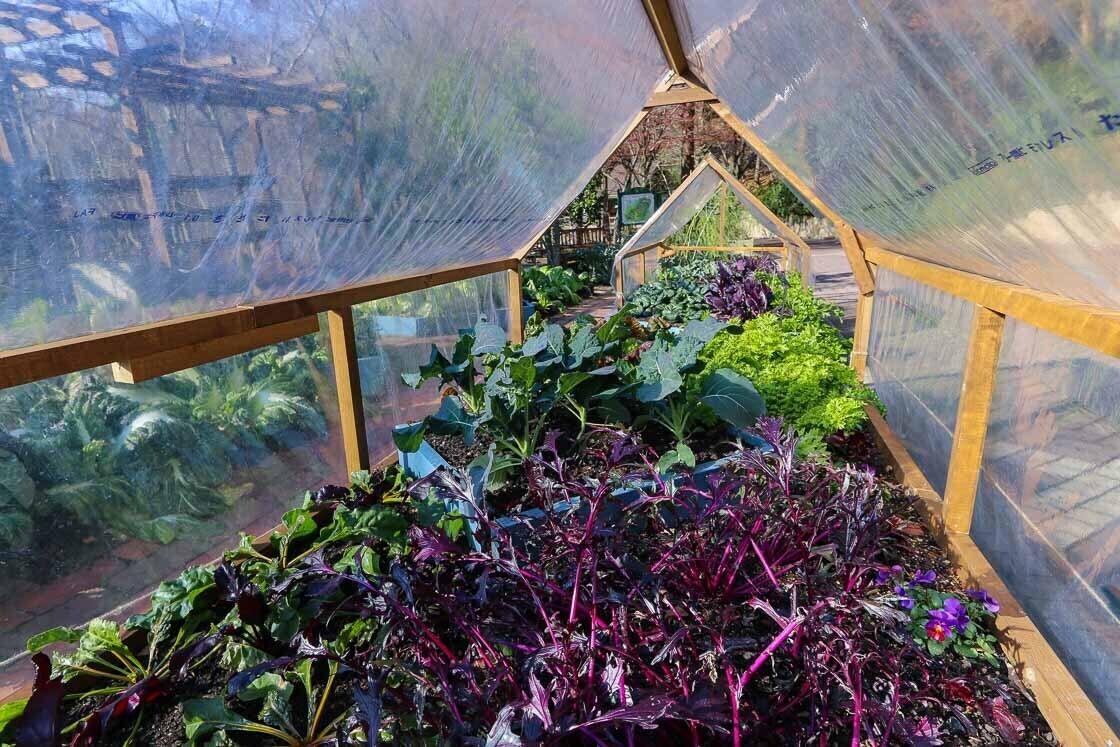
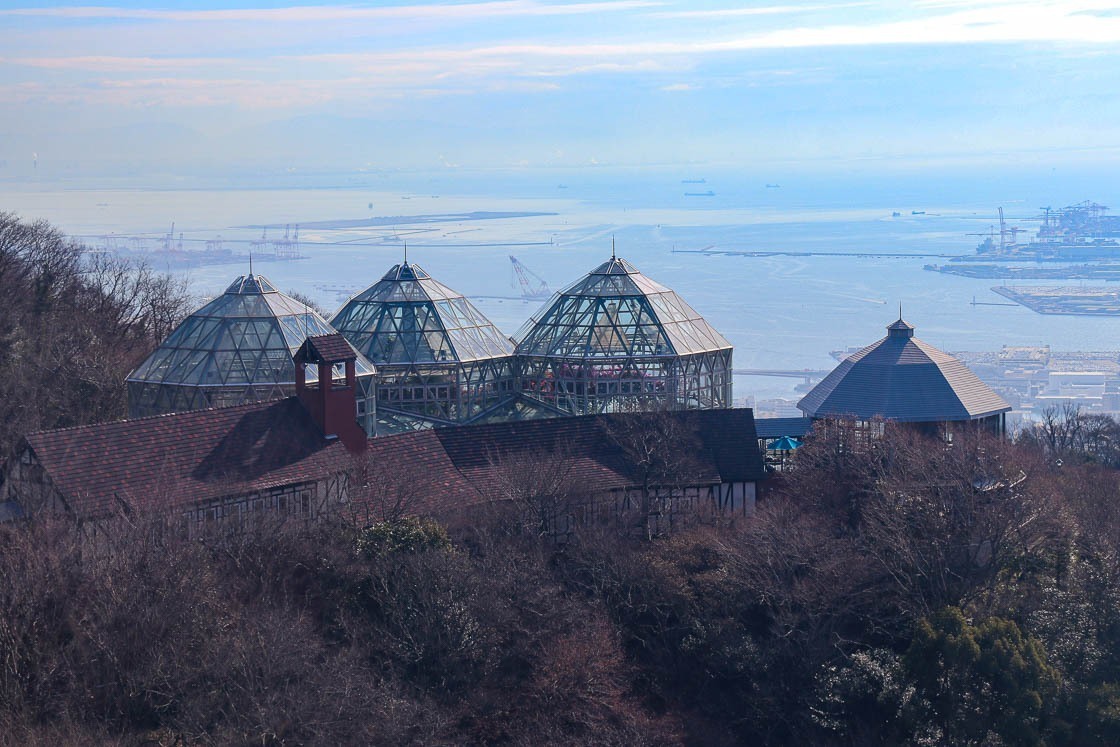


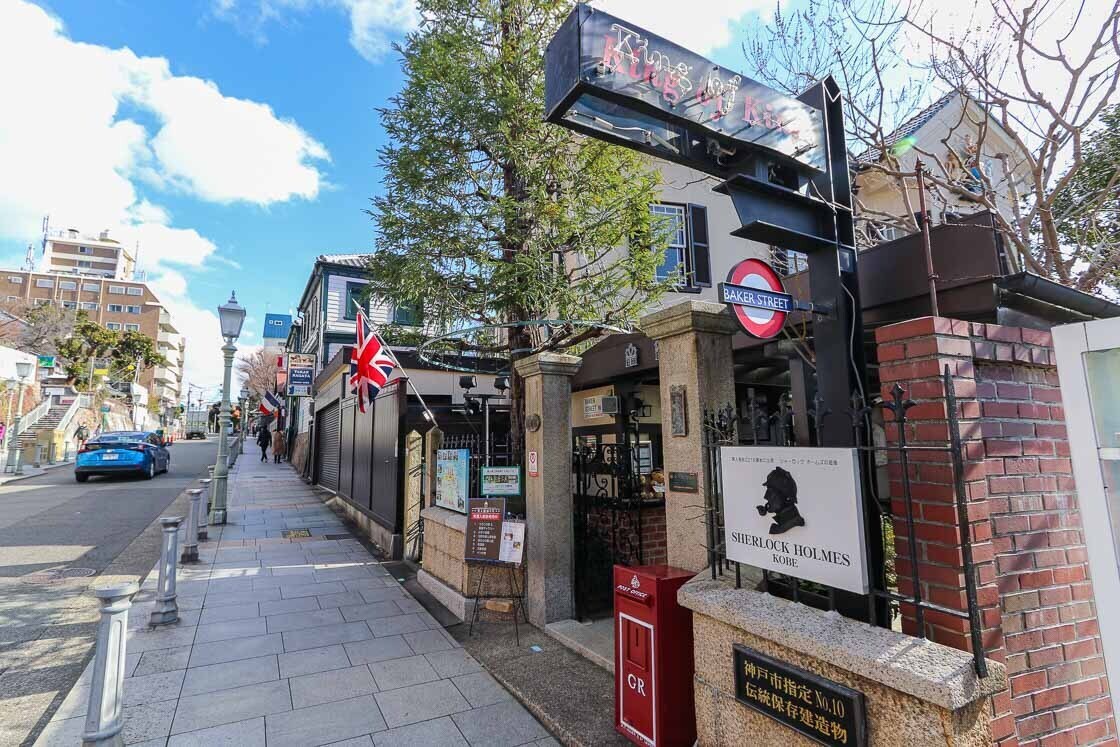
I walked through the area, admiring the cute shops and made my way towards Sorakuen, Kobe's only publicly owned Japanese garden. The sizeable Sorakuen contains both Western and Japanese style gardens, and is a popular place in the city to take traditional wedding pictures. Some historical buildings, which are designated important cultural properties, were moved to the garden and now make nice backdrops for pictures. I took my time strolling through the garden and thought that the colors would surely be very attractive in autumn.
With my stomach rumbling after all the nice strolls, I made my way to Kobe's Chinatown, Nankinmachi, across the train tracks. The lanterns hanging along the street lent a festive air to the area, and the food carts with their steaming buns called out to me. A number of places had long lines, but they fortunately moved fast.
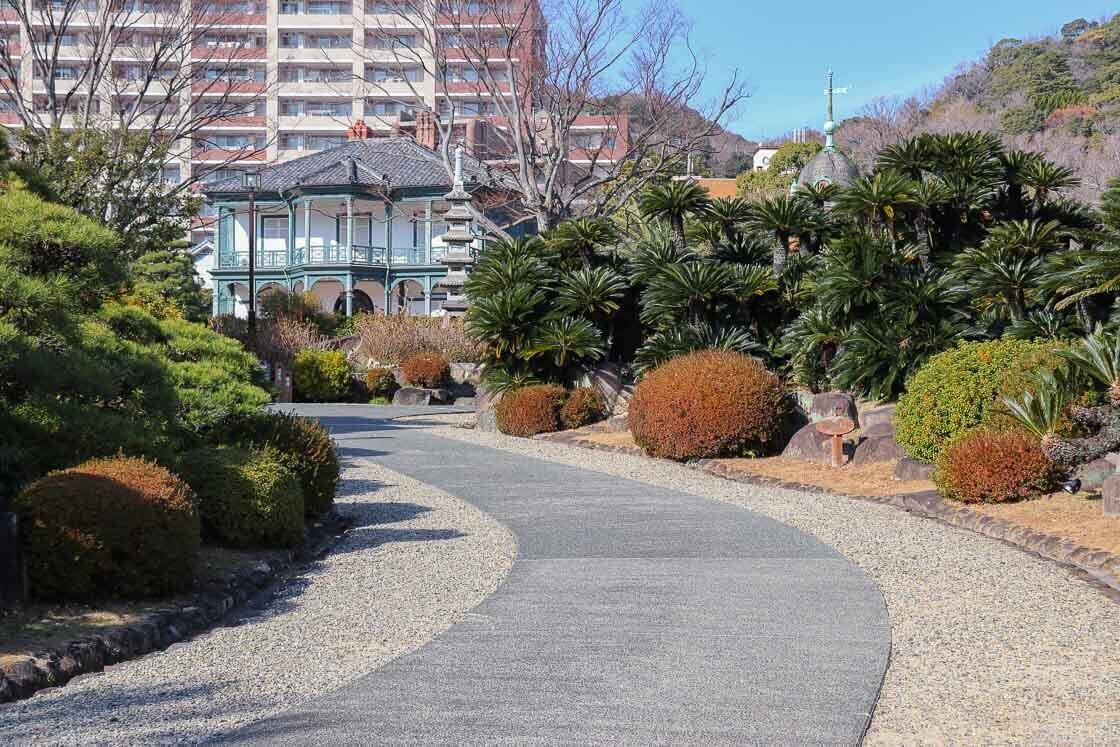
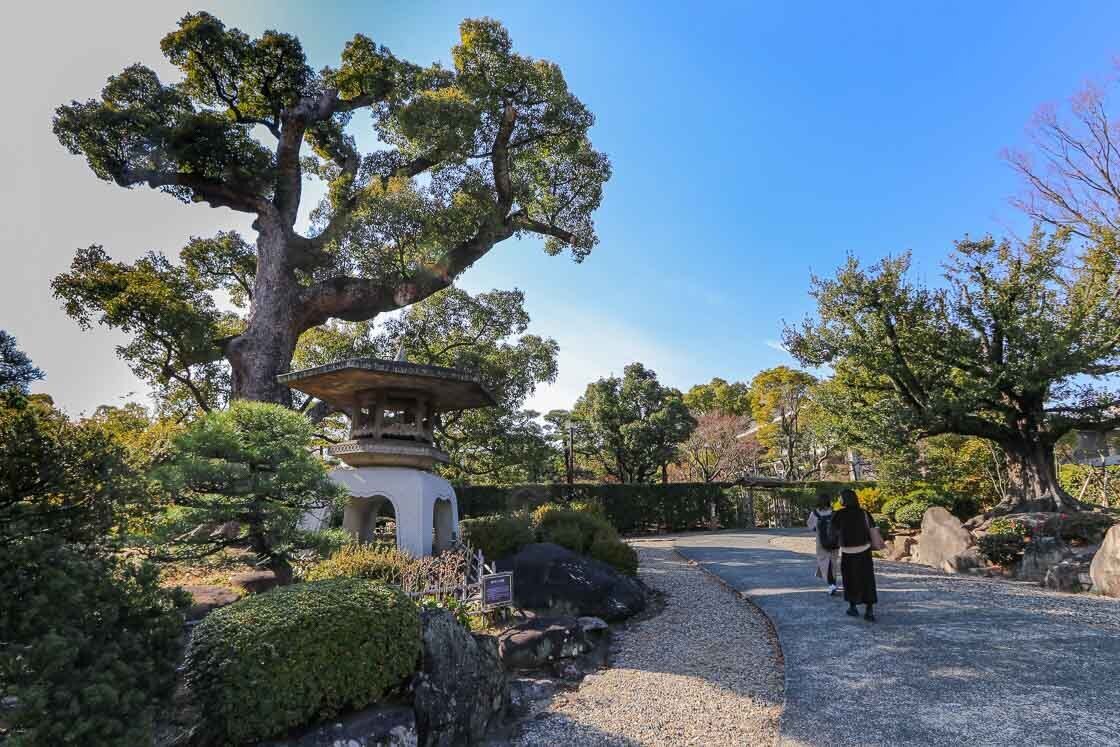
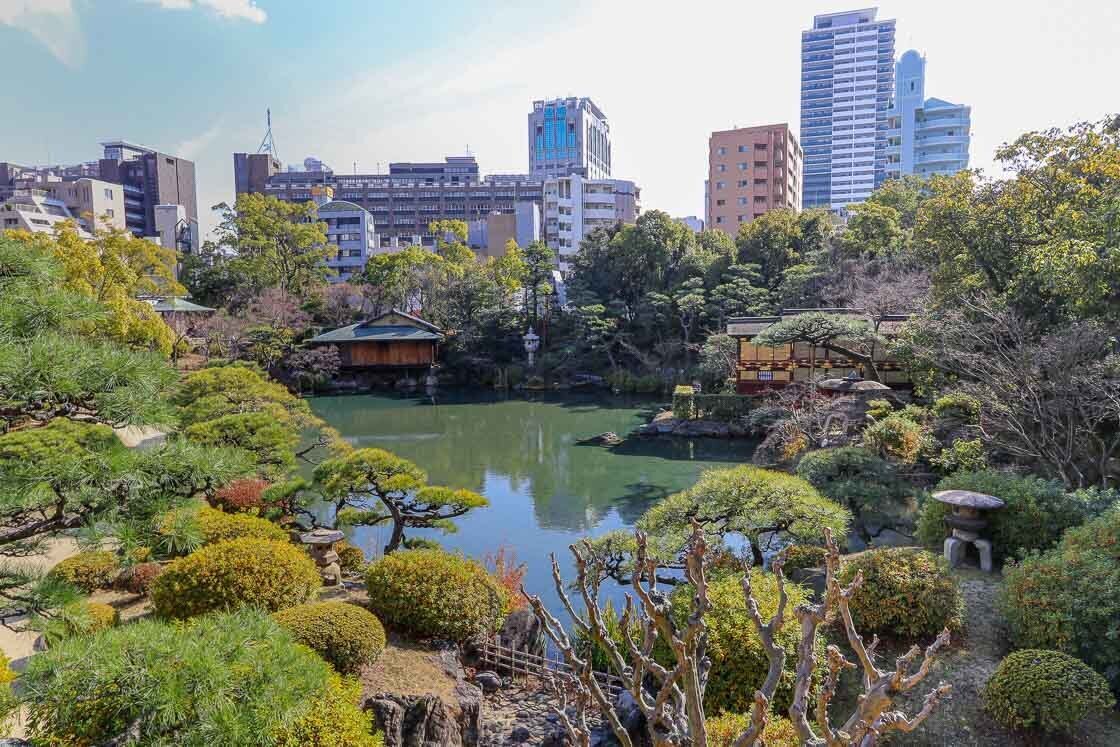
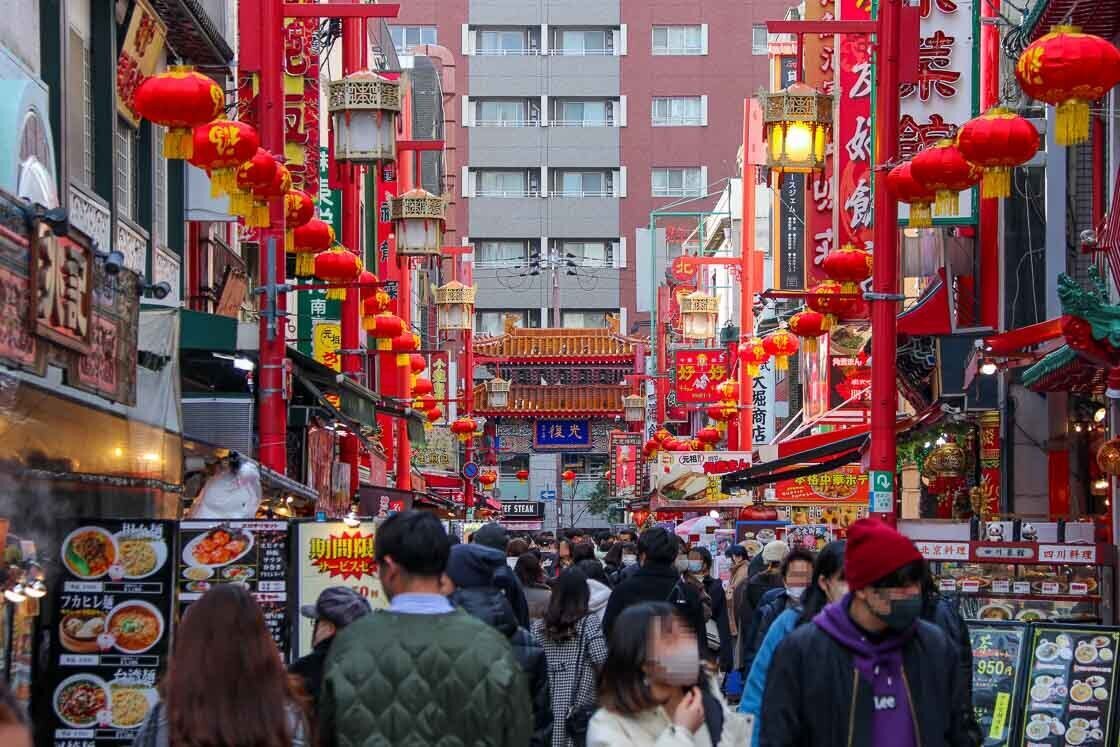
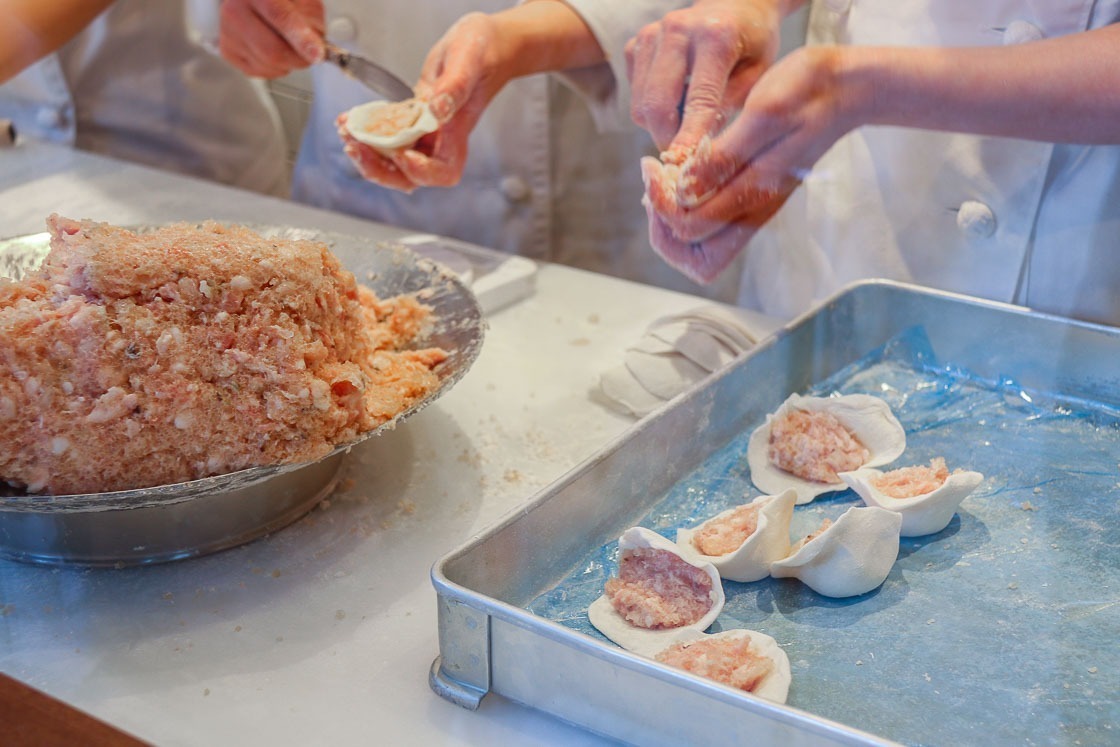


From Nankinmachi, it was a ten minute walk to Meriken Park, where my accommodation, the Kobe Meriken Park Oriental Hotel, is located. I was curious as to why the park was named Meriken, and after a little research, I found out that the American consulate used to be located near the dock where the park is now, and Meriken is a mishearing of the pronunciation of American. The name stuck, and that's how Meriken Park got its name.
Within the park, there is a monument for the 1995 Hanshin Earthquake, which devastated the city and region, killing thousands. Over 28 years since the disaster, one can hardly see any visible devastation in Kobe City, but a small portion of the harbour has been preserved as it was after the earthquake and serves as a grim reminder of the disaster.
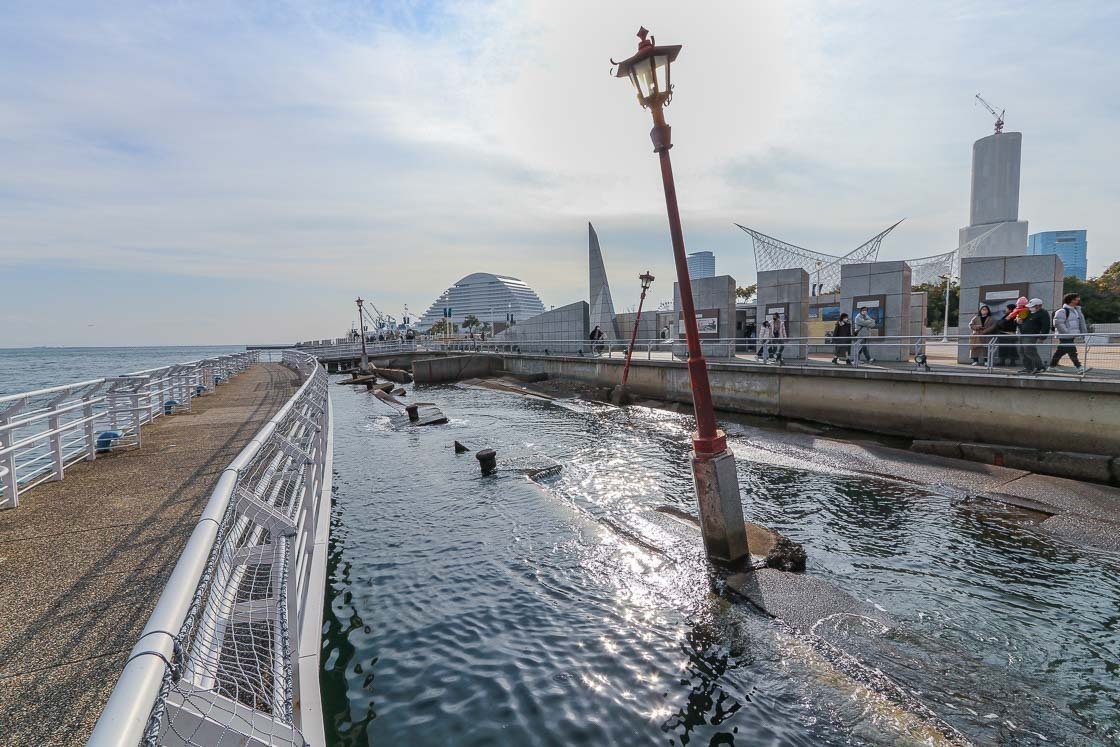
At the waterfront stands the uniquely shaped Kobe Meriken Park Oriental Hotel, and I made my way towards it. The tropical themed interior, rooms with balconies and restaurants with views of water made me feel like I was on a luxury cruiseliner. I stayed at the newly renovated executive rooms, which came with access to the executive lounge. I headed straight for the lounge after seeing my room and before going to dinner.
Kobe Beef is one of the most famous and internationally known brands of Japanese beef, and it would be a shame to miss out on it while I was in Kobe. Fortunately for me, the hotel has a highly rated steak restaurant, the Steak House Oriental, which serves Kobe Beef, and that was where I went for dinner. I thought that the teppanyaki course dinner with Kobe Beef was money well spent, and included specially sourced vegetables and rice from local and regional farmers. While the views from the restaurant were nice, I was more wowed by the pyrotechnic show put on by the chef.
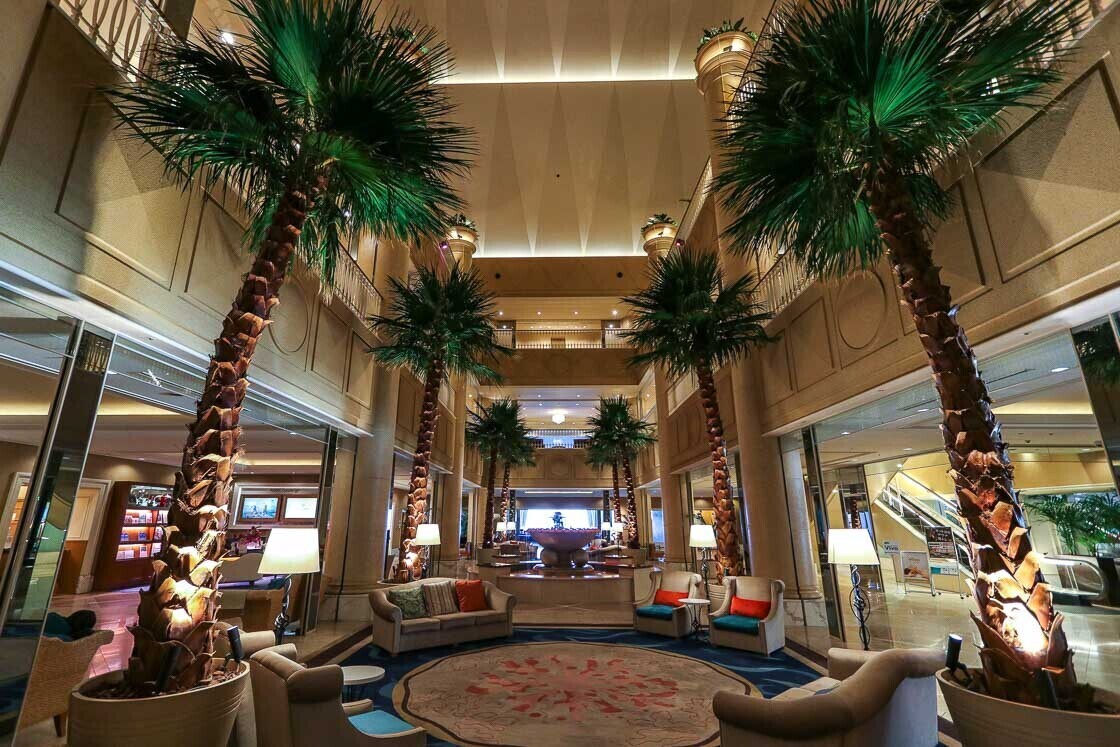

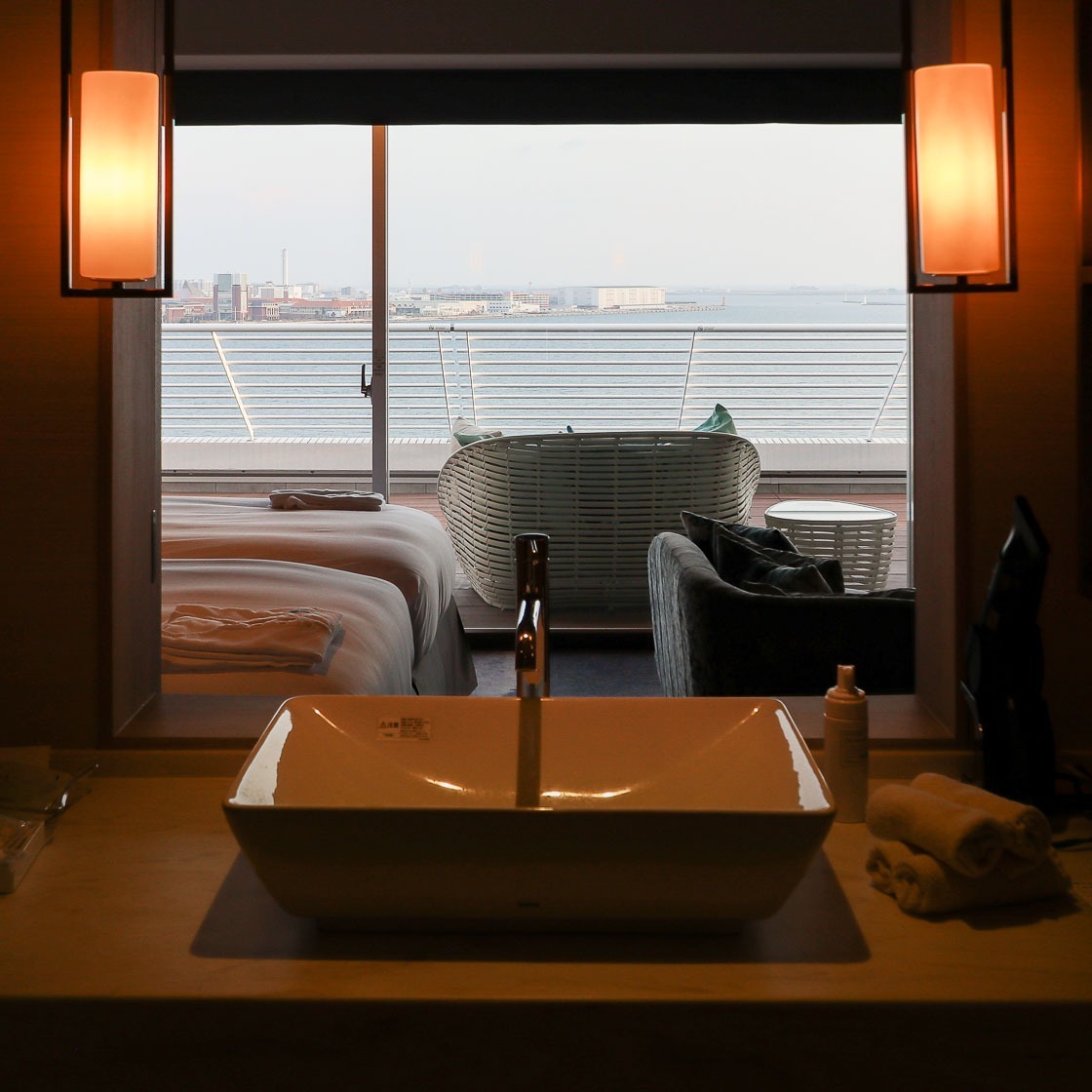
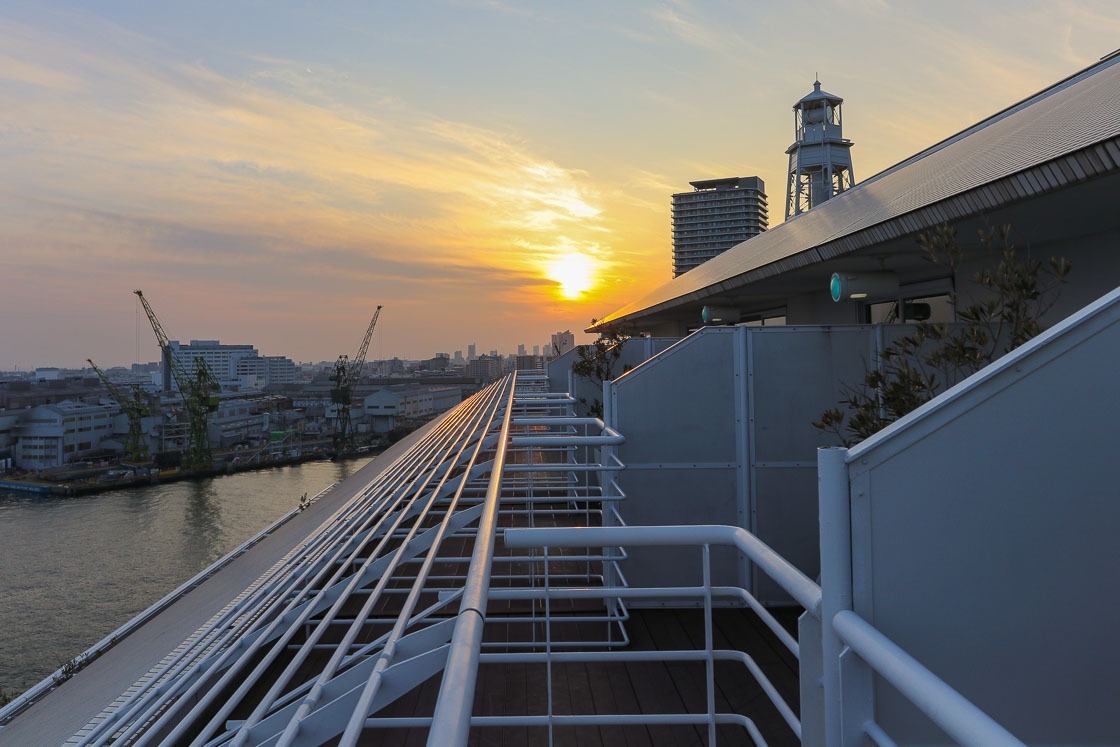
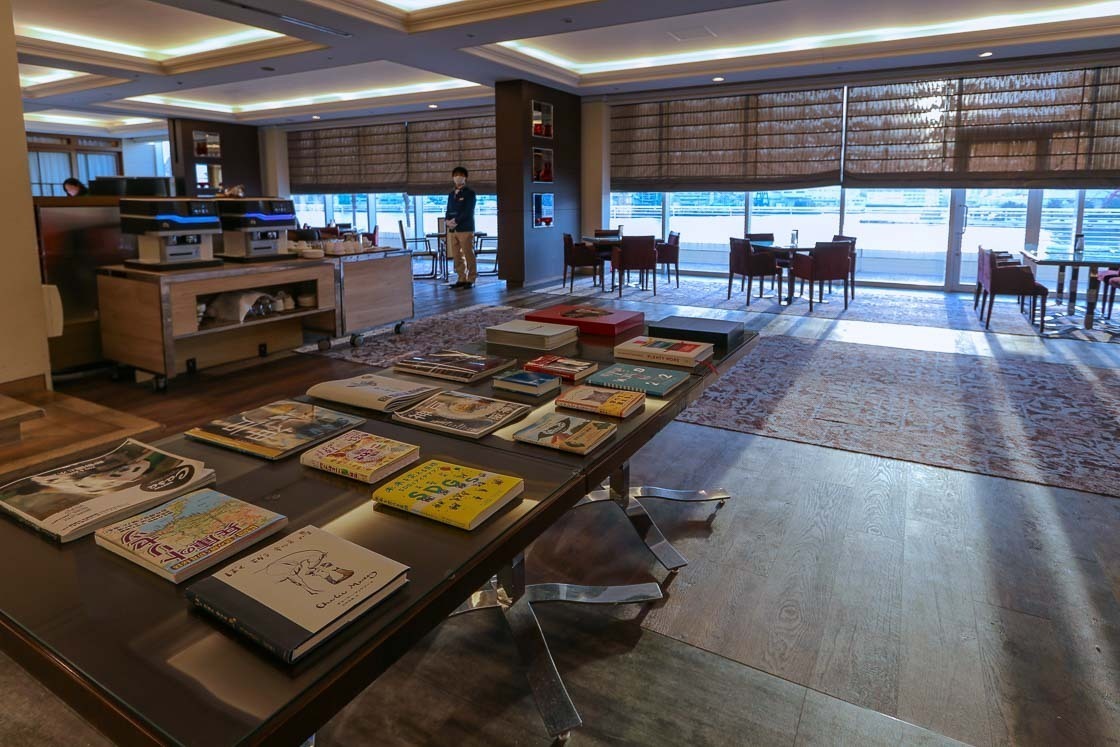
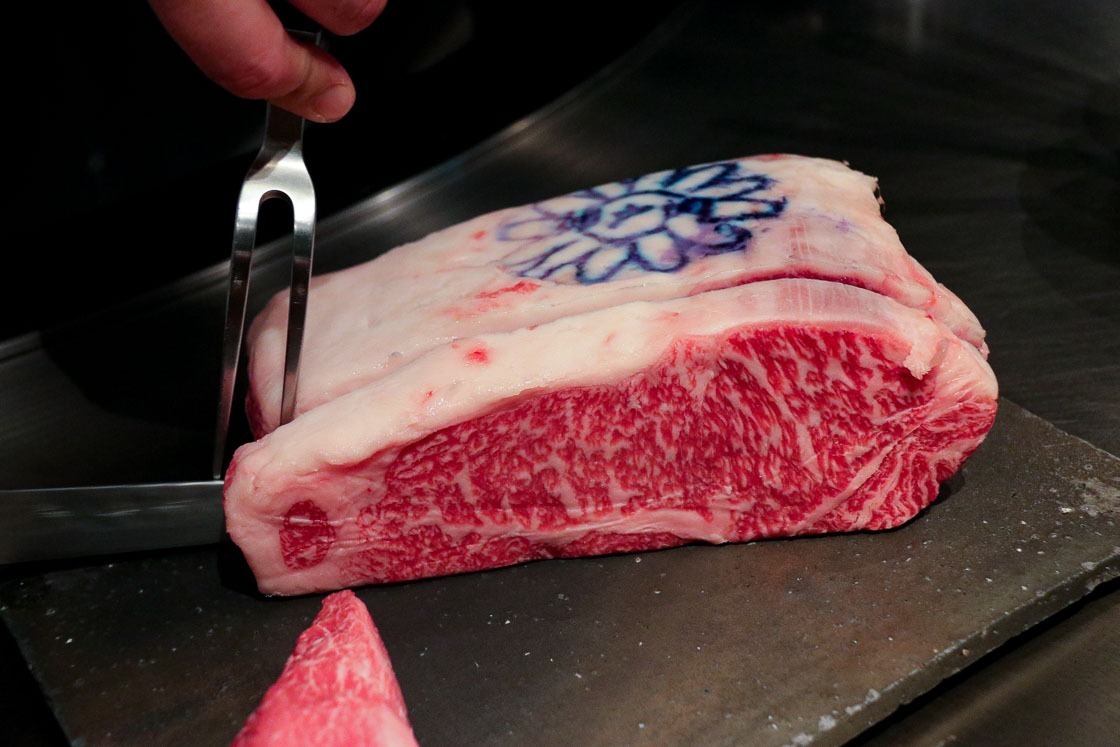
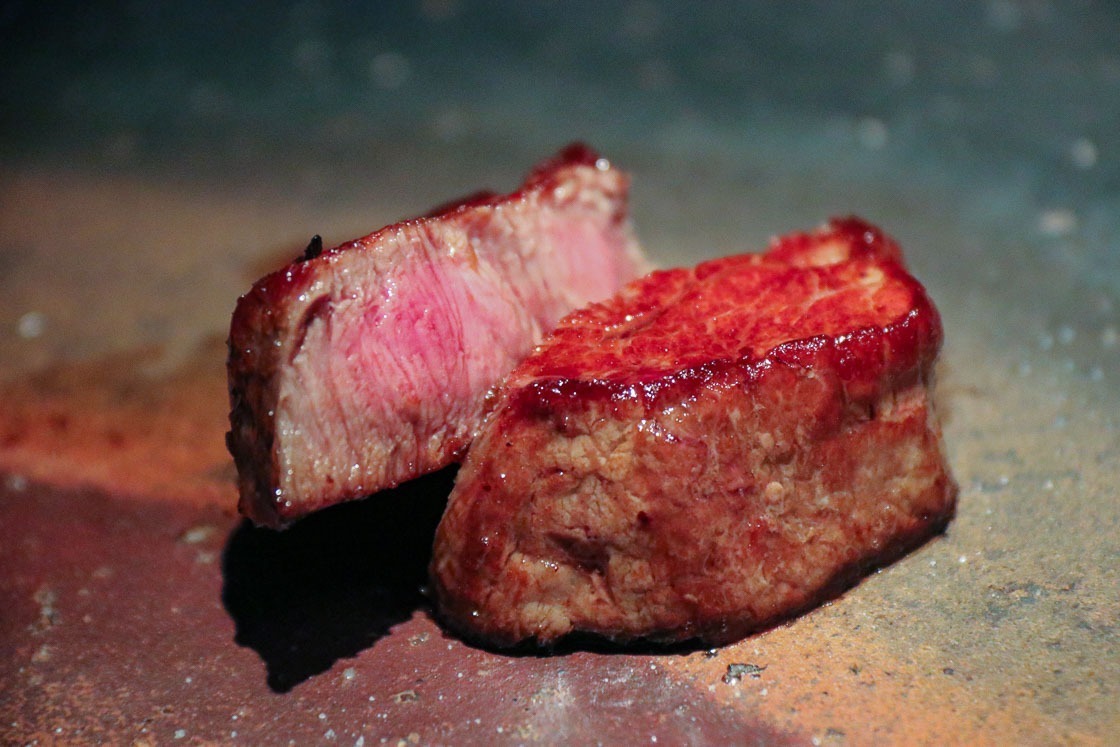
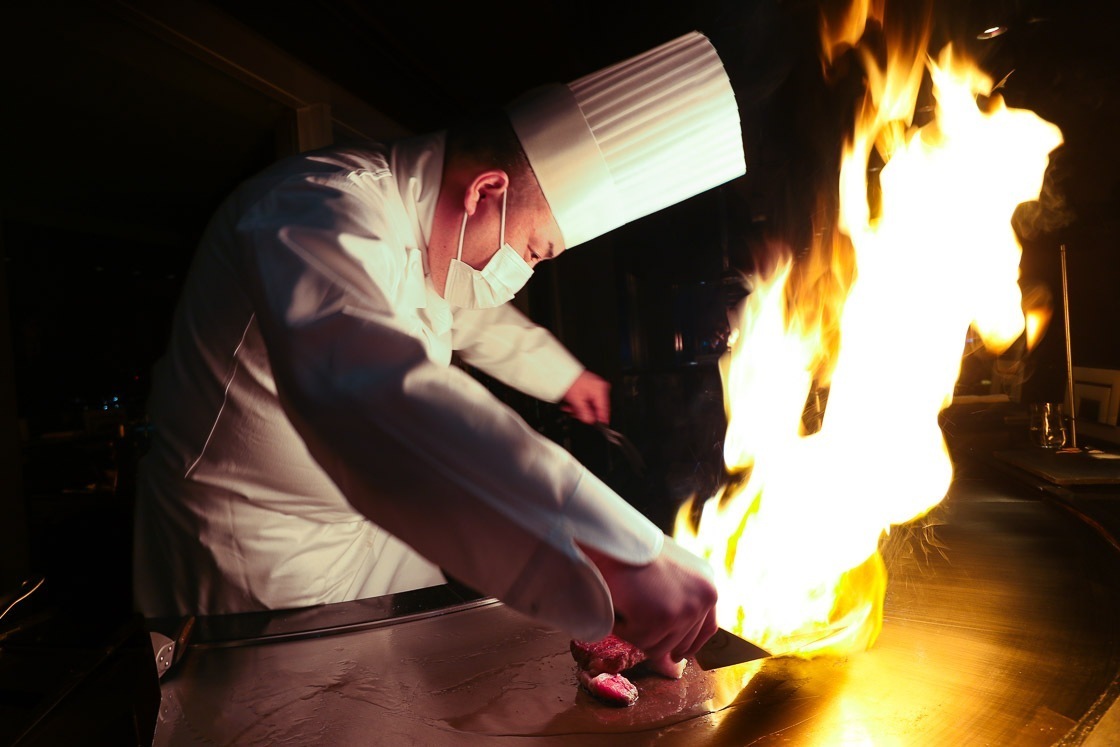


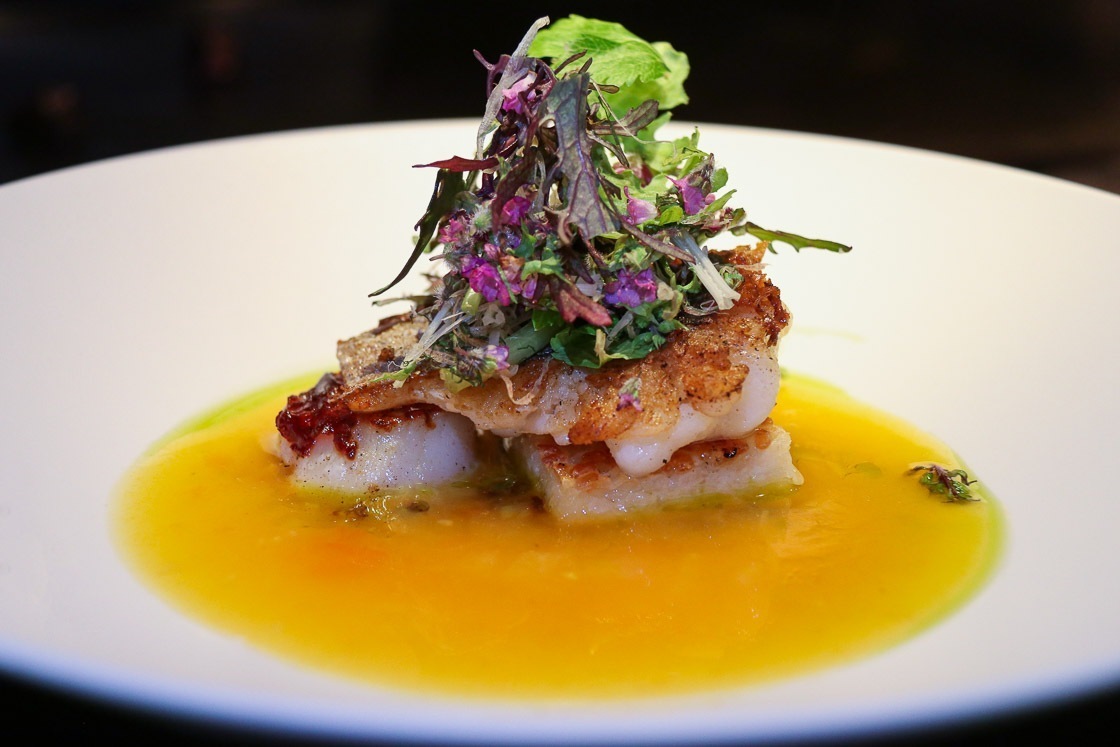
After dinner, I headed to the View Bar, a few steps away from the restaurant, for a nightcap. I was impressed by the large selection of alcoholic beverages. Here, I got to enjoy the views and listen to live music. What a great end to my first day in Kobe.
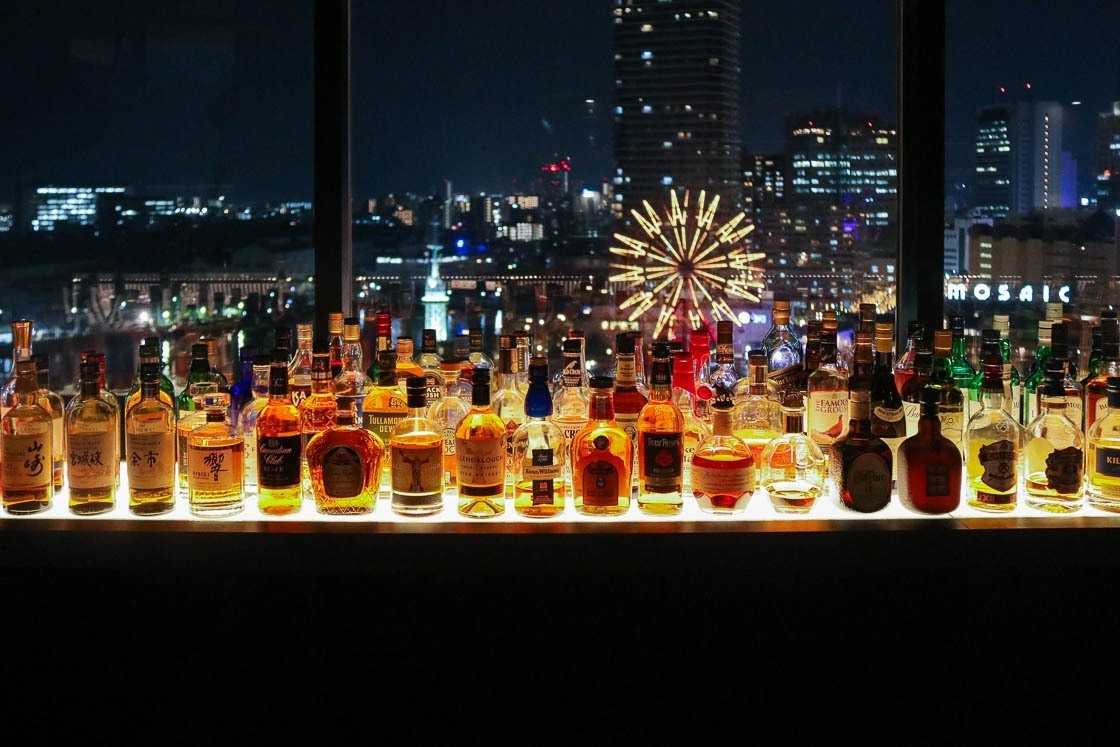
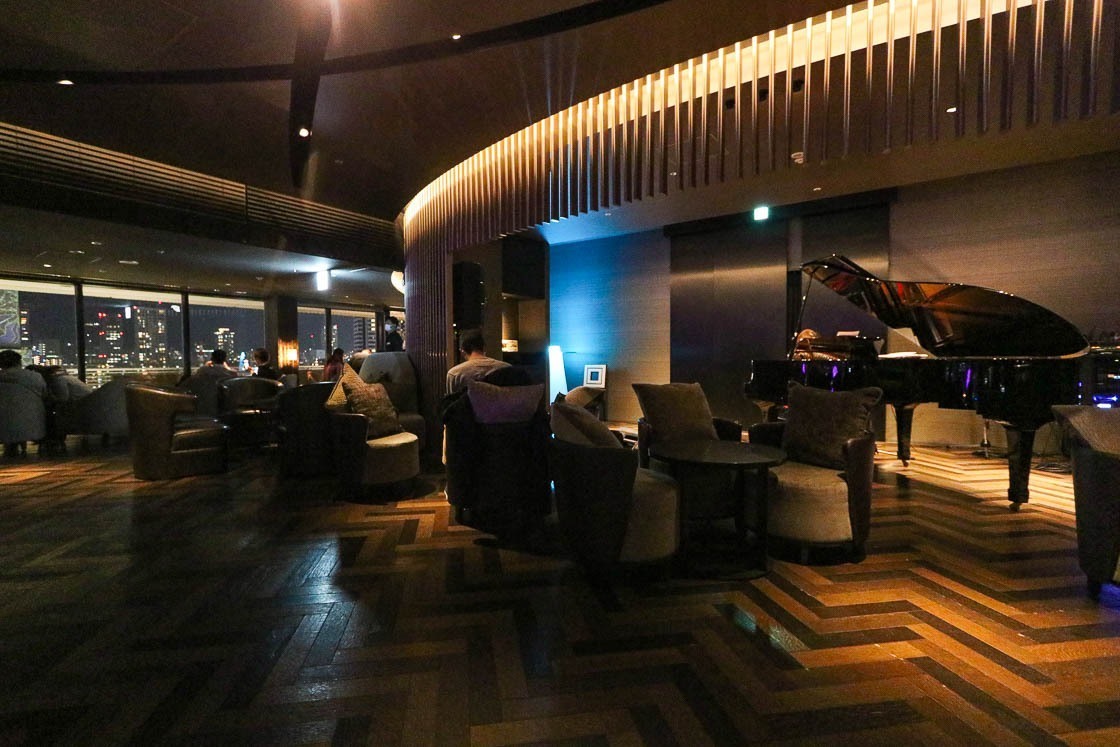
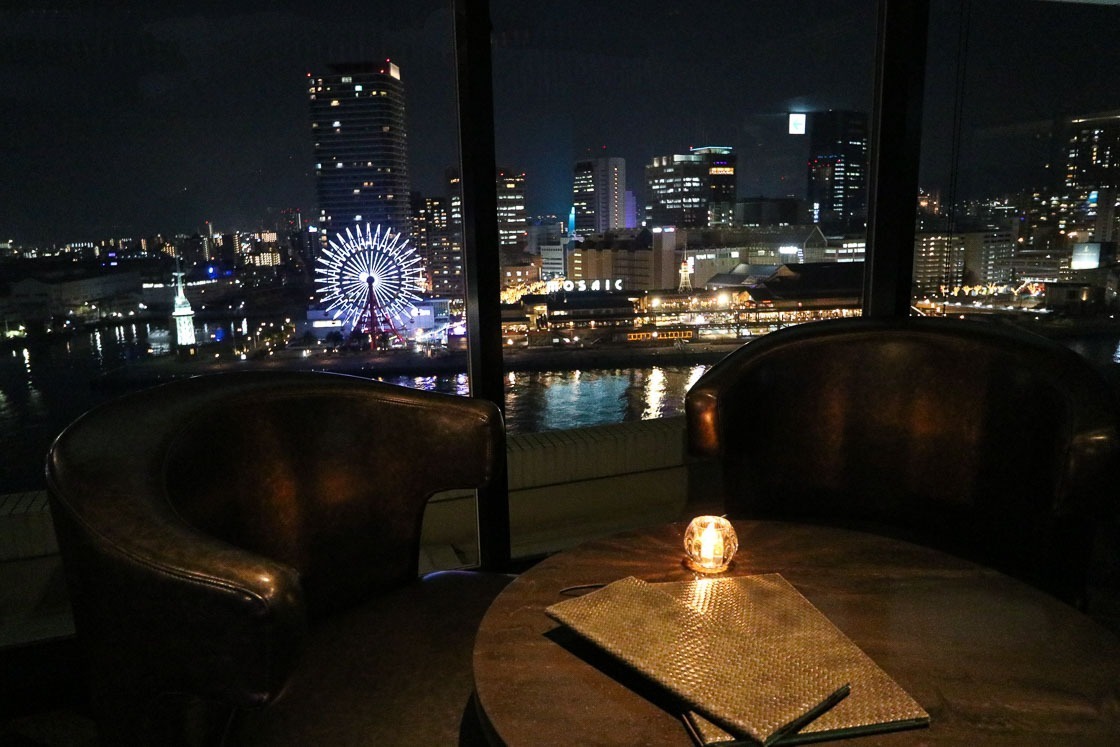
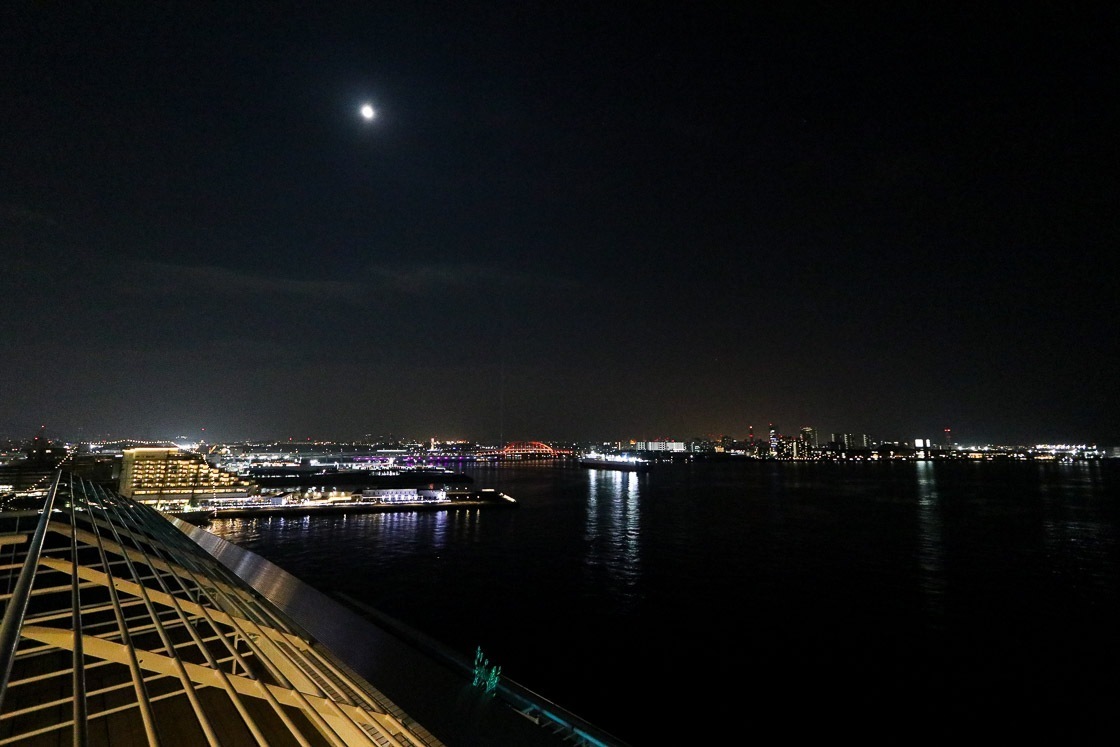
Day 2: Cruising and sake touring
Breakfast was at the comfortable and roomy executive lounge, which had a very relaxing and peaceful ambience. The morning menu consisted of a choice of made-to-order omelette main dish and an ample buffet selection of dishes and drinks. I had a leisurely breakfast at my table, which had a waterfront view, then returned to my room where I spent some time enjoying the morning view before checking out reluctantly.
Continuing with my luxury trip, I made my way to the Kamomeria Terminal a short walk from the hotel. I went for an hour long Kobe Resort Cruise in the waters around Kobe Port. The boat had a covered outdoor deck where I spent most of my time enjoying the view and seabreeze, but there are also two floors of indoor seating as well. The cruise went all the way to Kobe Airport where I got to see a few scheduled departures and arrivals. I was thrilled to see planes landing and taking off so close! On the way back to the ferry terminal, I got to see the Kobe Meriken Park Oriental Hotel from the sea and tried very hard to spot the room I stayed in.
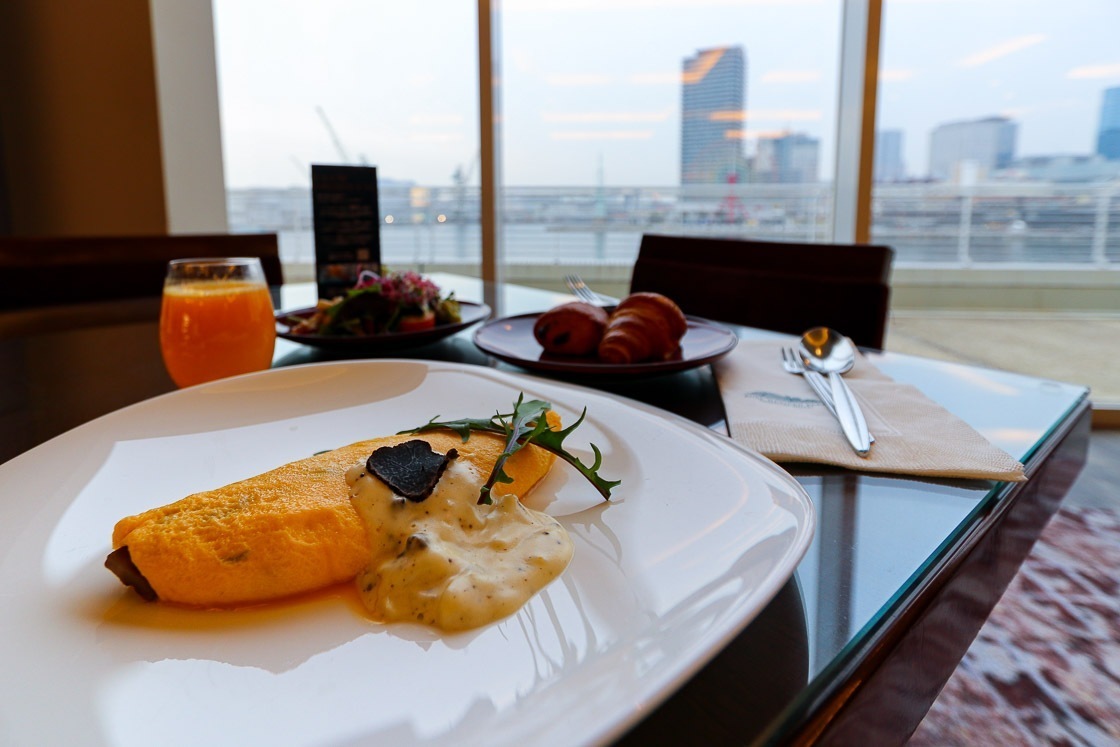
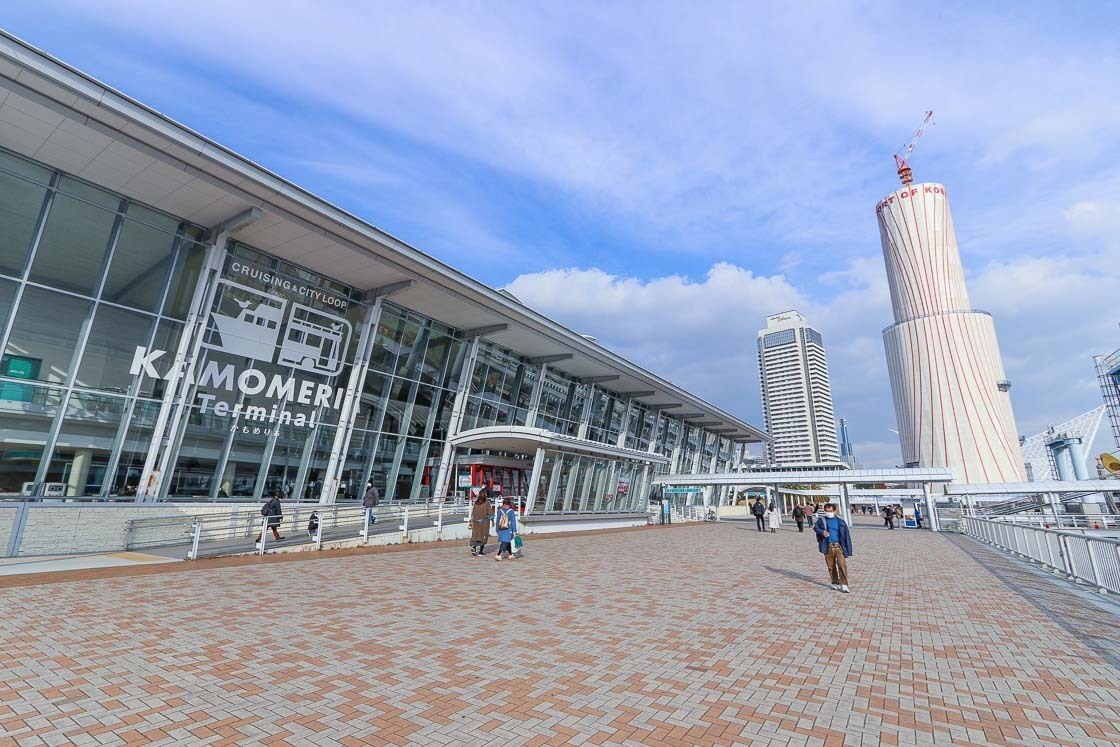
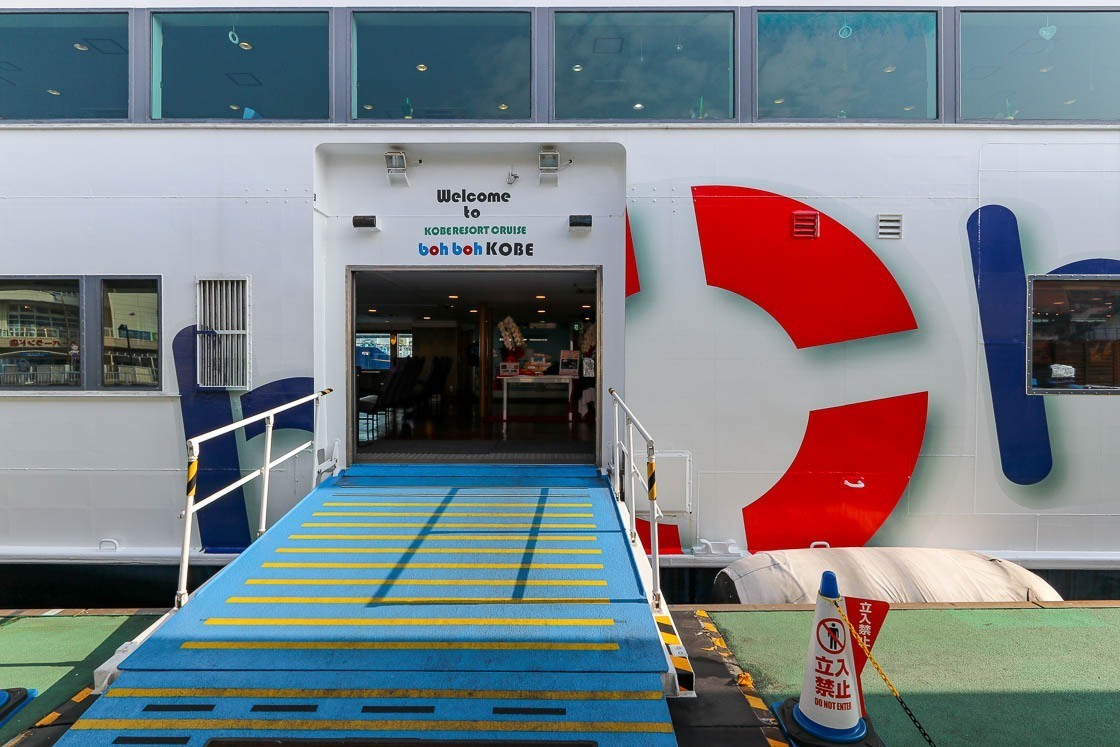
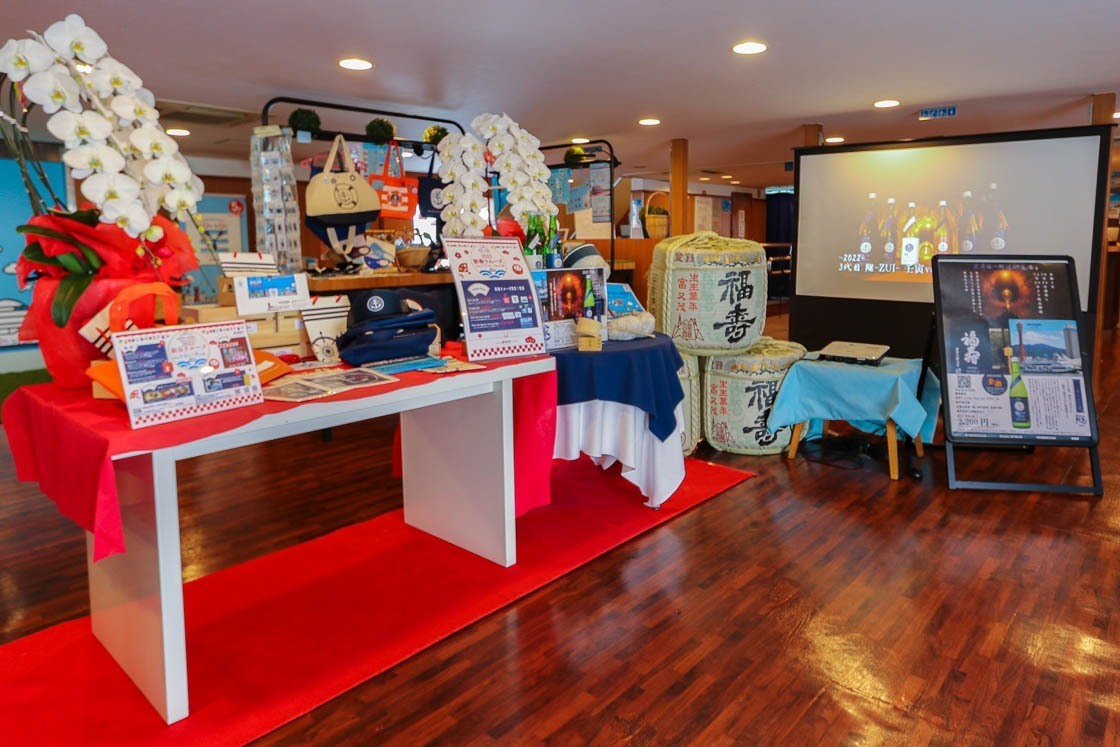
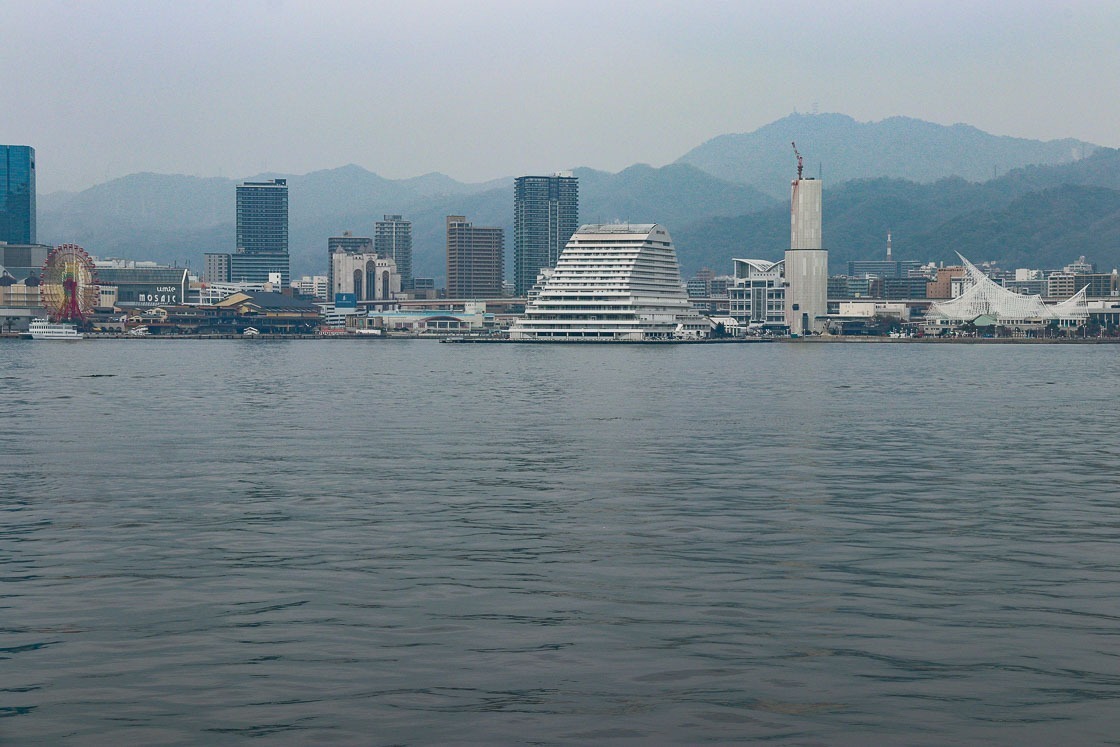
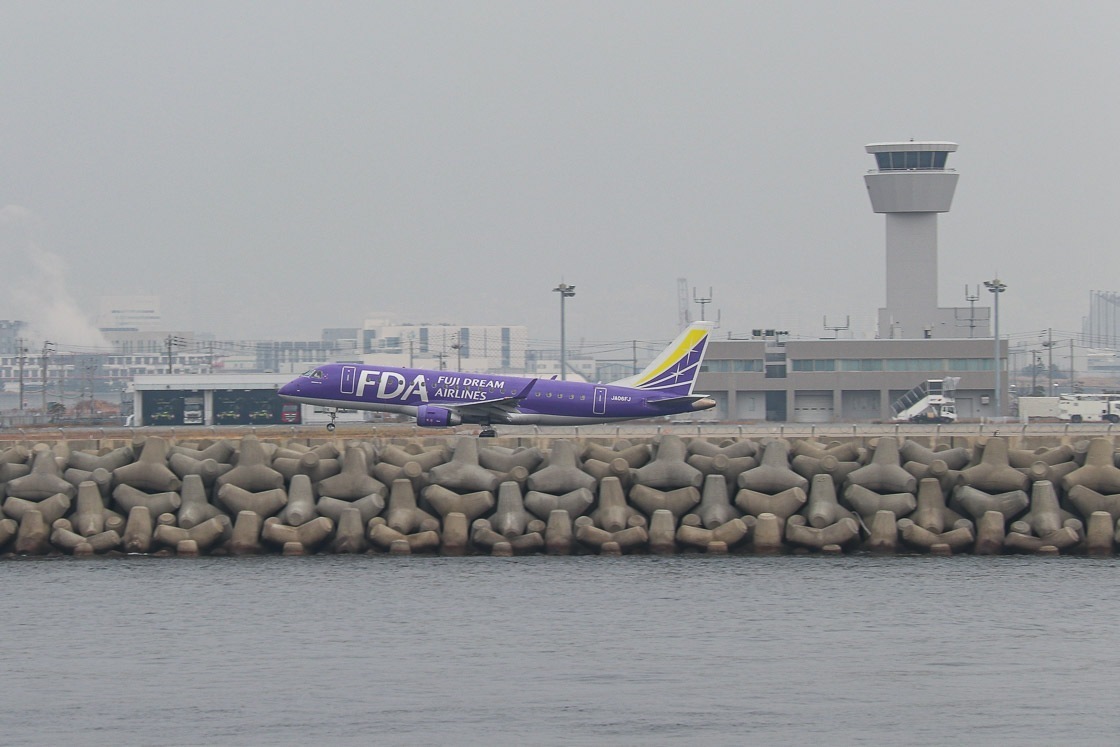
After the cruise, I bid farewell to Kobe Port and took the bus to Sannomiya Station, the main transportation hub of Kobe City. I took the train to the Nada district, an area with many sake breweries, less than ten kilometers east of Kobe City. Nada Sake has been known since the Edo Period (1603-1868), due to the availability of high quality sake rice, good water to make sake and cold winds from the Rokko mountain range in the north. The sake breweries are also located near the waterfront, which made exporting them very convenient. During the Edo Period, freshly brewed Nada sake were packed into barrels and loaded onto merchant ships bound for Tokyo, and the sake matured in their barrels in the time it took to travel from Kobe to Tokyo, and thus creating a flavour unique to Nada sake.
I visited Fukuju, a sake brewery established in the Edo Period and still run by the 13th generation family. Brewery tours are available and require advance reservations. Visitors who have tour reservations have to check in at the shop before being led into the brewery. The tour starts with a video about the history of Fukuju as well as the process of making sake. Then, visitors continue to see parts of the brewery before returning to the shop for a free sake tasting session. Paid sakes in larger amounts are available at the restaurant.
Sake tasting was my favourite part of the tour, and I was impressed to see that Fukuju is doing their part in lowering their carbon footprint. This includes refillable sake, where you buy the bottle and have it refilled, paying just for the sake. I could see myself buying into this system if I lived in the area. They also have a net-carbon zero sake, which is produced in a way that uses less energy, e.g. the rice is not polished as much, the labels are directly printed on the glass, etc..
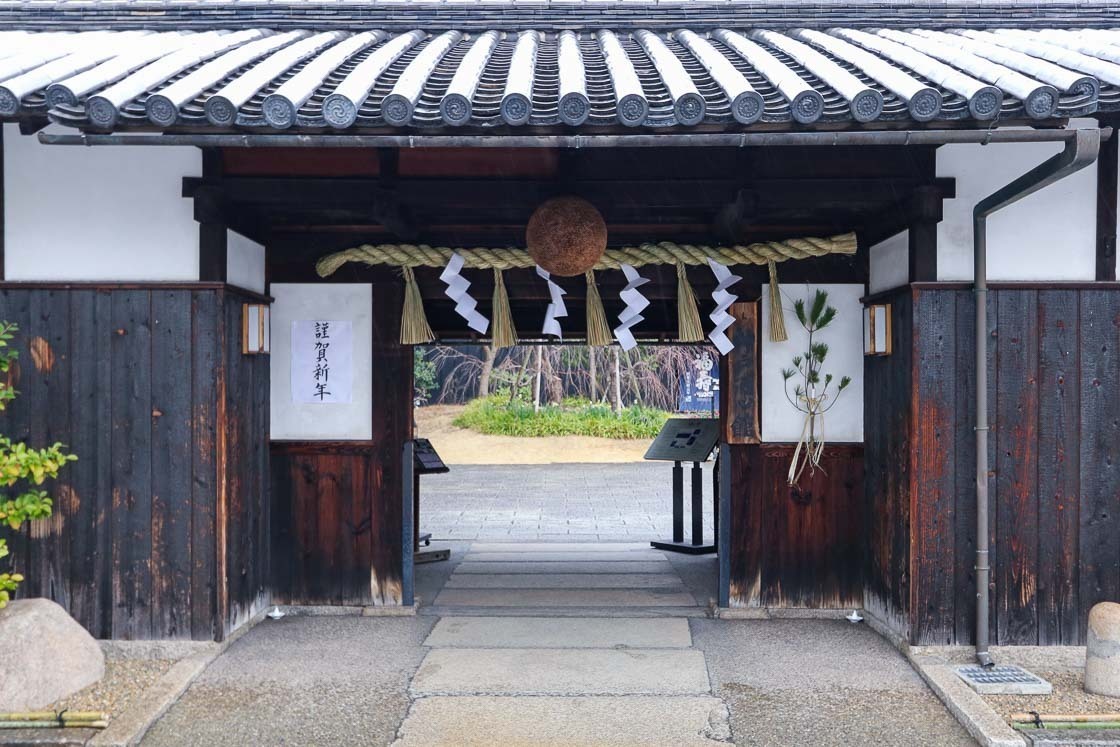
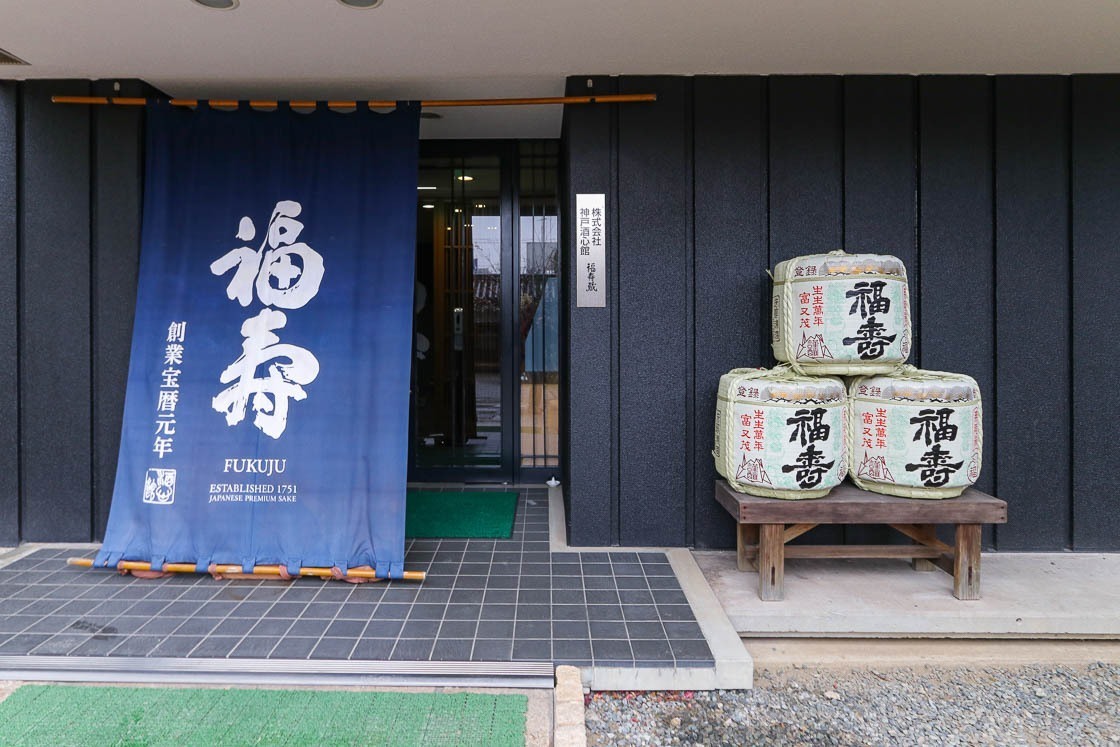
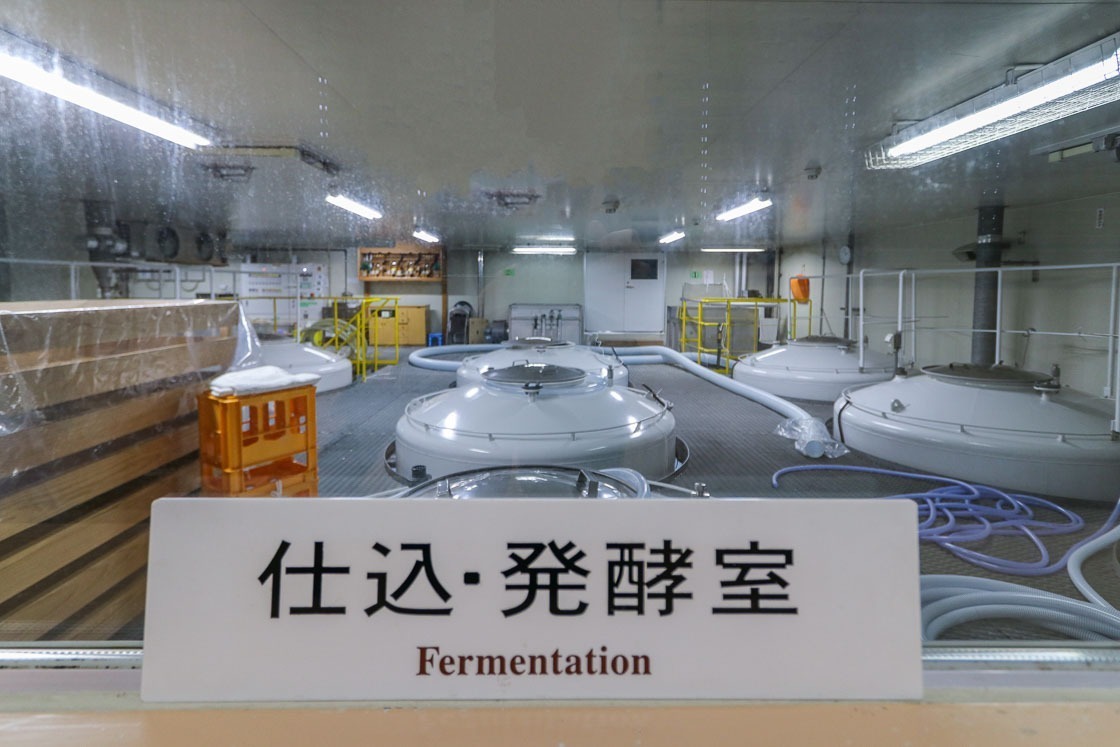
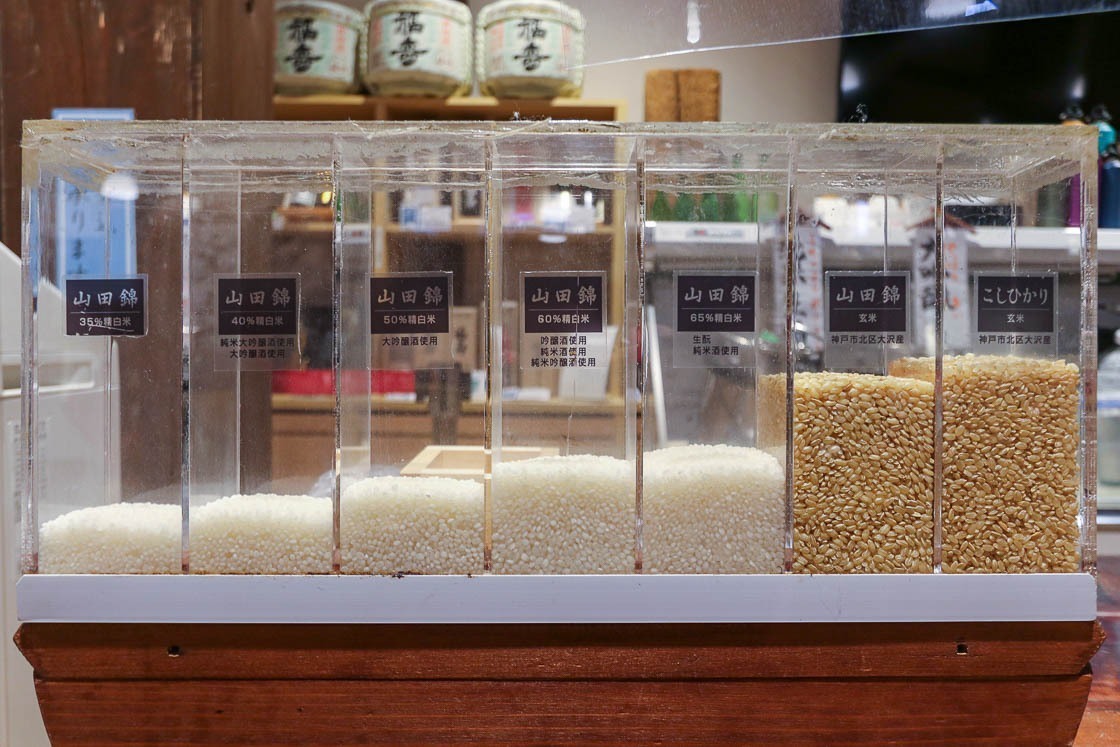
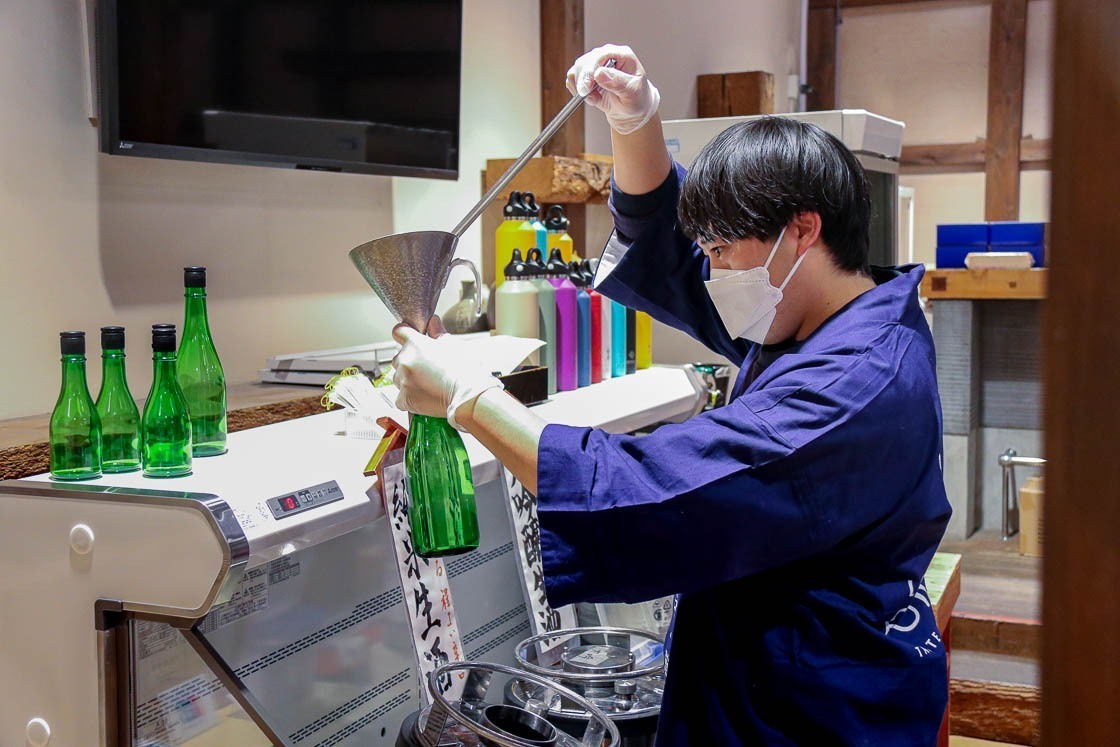
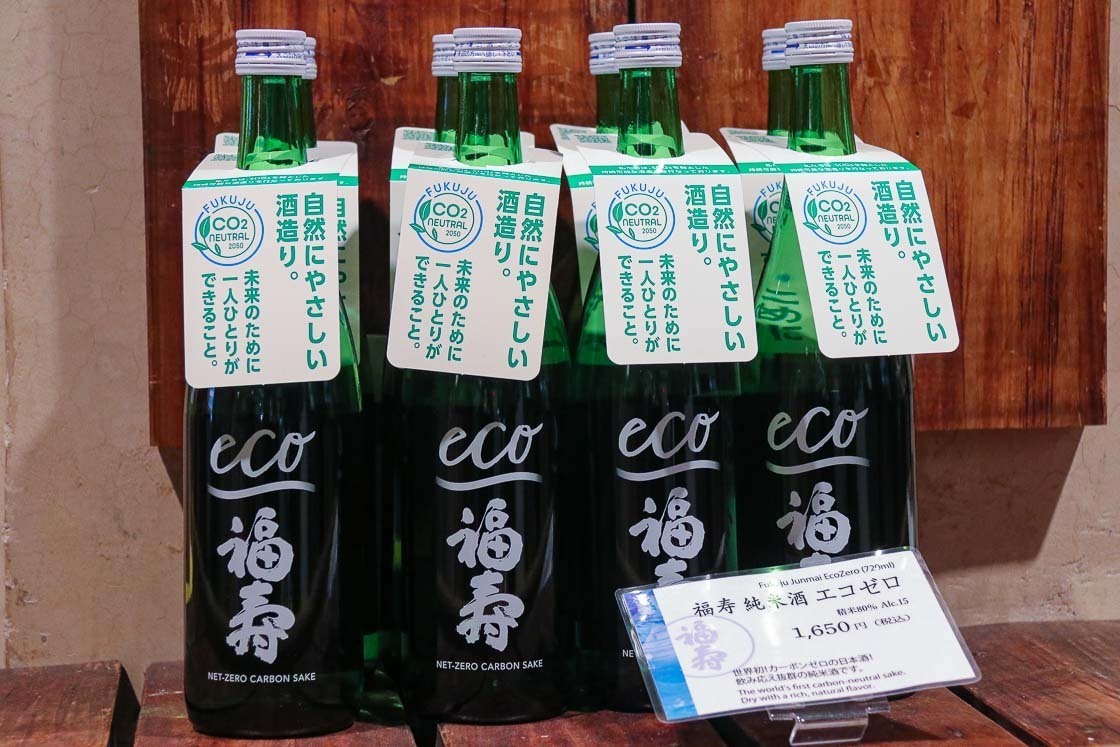
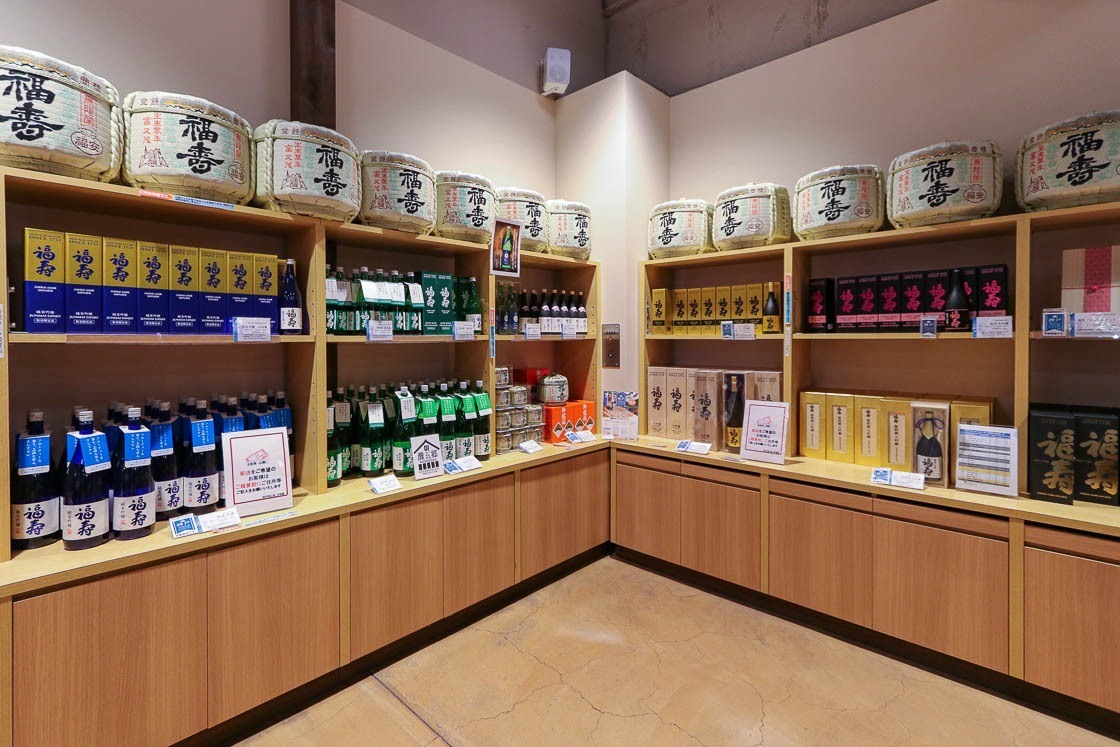
As it would be impossible to visit all the sake breweries in the Nada district in a single day, I went to Nadagogo Sakedokoro, a standing sake bar about 15 minutes walk from Fukuju. The name Nadagogo refers to the five sake areas in the district, and true to its name, the sake bar serves up sake from all the sake breweries in the five areas. It was a good place to sample all the sake in one place without visiting each individual brewery. A ticket system is used at Nadagogo Sakedokoro, under which each pour of sake or side dish cost a certain number of tickets. This place is definitely a hidden gem, and I was glad to have gone before word gets out and it gets too crowded!
That was my overnight trip to Kobe. It was such a good trip, with dinner and the luxurious room at the Kobe Meriken Park Oriental Hotel and the eight little shots of sake at Nadagogo Sakedokoro as some of my trip highlights. Next time, I would want to stay two nights so that I can just return to the hotel after indulging in sake instead of having to go home.
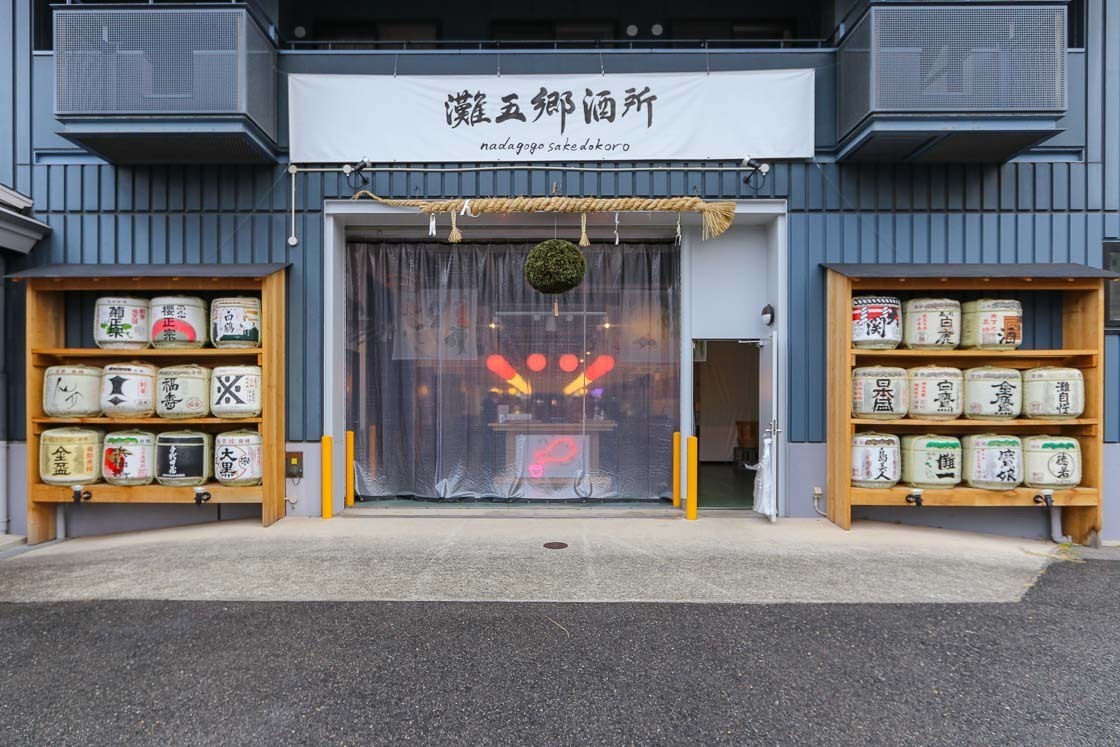


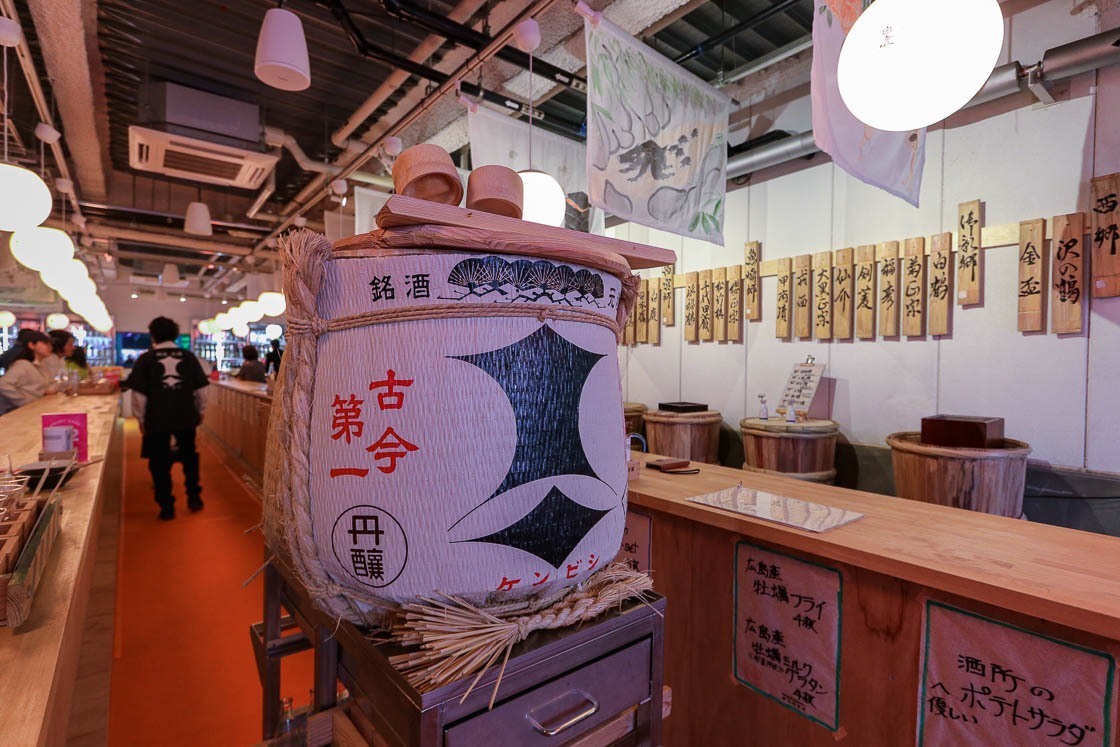
Access
This itinerary involves a fair bit of walking especially on Day 1, and good walking shoes are advisable.
Shin-Kobe Station
Shin-Kobe Station on the JR Sanyo Shinkansen Line is the main bullet train station serving Kobe City. The one way bullet train ride to Shin-Kobe takes about 2.5 to 3 hours from Tokyo, or about ten minutes from Shin-Osaka Station.
Kobe Nunobiki Ropeway
The bottom ropeway station is a five minute walk from Shin-Kobe Station, which is served by the Sanyo Shinkansen and the Kobe Subway Line. The one way journey to the uppermost station takes about 10 minutes. A round trip ticket costs 1800 yen.
Sorakuen Garden
Walk through the Kitano-cho Ijinkangai, a district containing former mansions occupied by foreign merchants and diplomats in the late 19th century near the base of the bottom ropeway station, to Sorakuen Garden. It takes about 25-30 minutes to walk between the ropeway station and the garden without stopping.
Kobe Chinatown Nankinmachi
Walk down south from Sorakuen Garden towards Motomachi Station, which should take about ten minutes. Kobe's Chinatown is immediately south of the station.
Kobe Meriken Park Oriental Hotel
Kobe Meriken Park Oriental Hotel sits on the waterfront. Walk towards Meriken Park along the waterfront, which should take about 15-20 minutes from Chinatown, and the hotel is located at the end of the park.
Kobe Resort Cruise
The Kobe Resort Cruise terminal is located in the Kamomeria Ferry Terminal. It is a five minute walk from Meriken Park and the Kobe Meriken Park Oriental Hotel. The cruise takes about 60 minutes and costs 1800 yen.
Fukuju Sake Brewery, Shushinkan
Ishiyagawa Station (ten minutes by train from Kobe Sannomiya Station) on the Hanshin Line is the nearest train station to the Fukuju Sake Brewery. From there, it is an approximately ten minute walk to the Fukuju Sake Brewery. Advance reservations are required for the free, self guided brewery tours.
Nadagogo Sakedokoro
The Nadagogo Sakedokoro is an approximately 15 minute walk east of the Fukuju Sake Brewery.
Links
- Kobe Meriken Park Oriental Hotel - Official English website
- Kobe Nunobiki Herb Gardens and Ropeway - Official English website of the Nunobiki ropeway operator
- Kobe Kitano Ijinkan - Official English website of the Kobe Kitano Ijinkan district
- Sorakuen Garden - Official English website
- Nankinmachi - Official English pdf guide map of Kobe's Chinatown
- Meriken Park - English webpage of Meriken Park on the Official Trave Guide of Kobe website
- Kobe Resort Cruise - Official English website of the cruise operator
- Fukuju - Official English website of the Fukuju sake brewery
- Nadagogo Sakedokoro - Official English website of the standing sake bar
